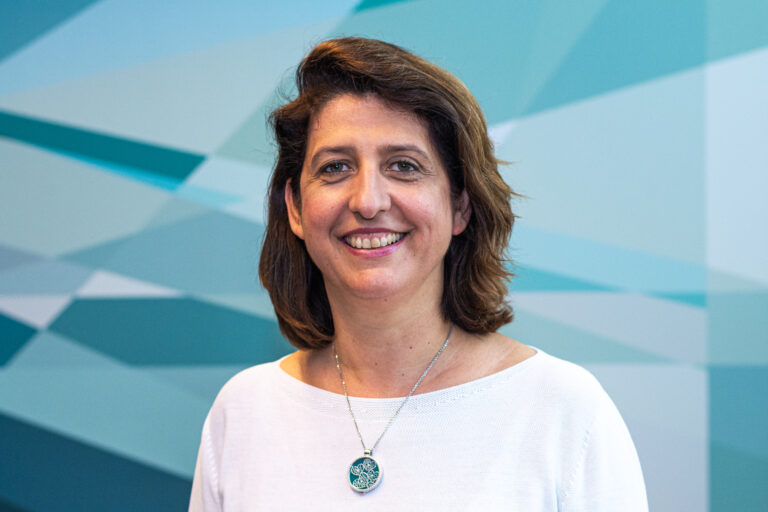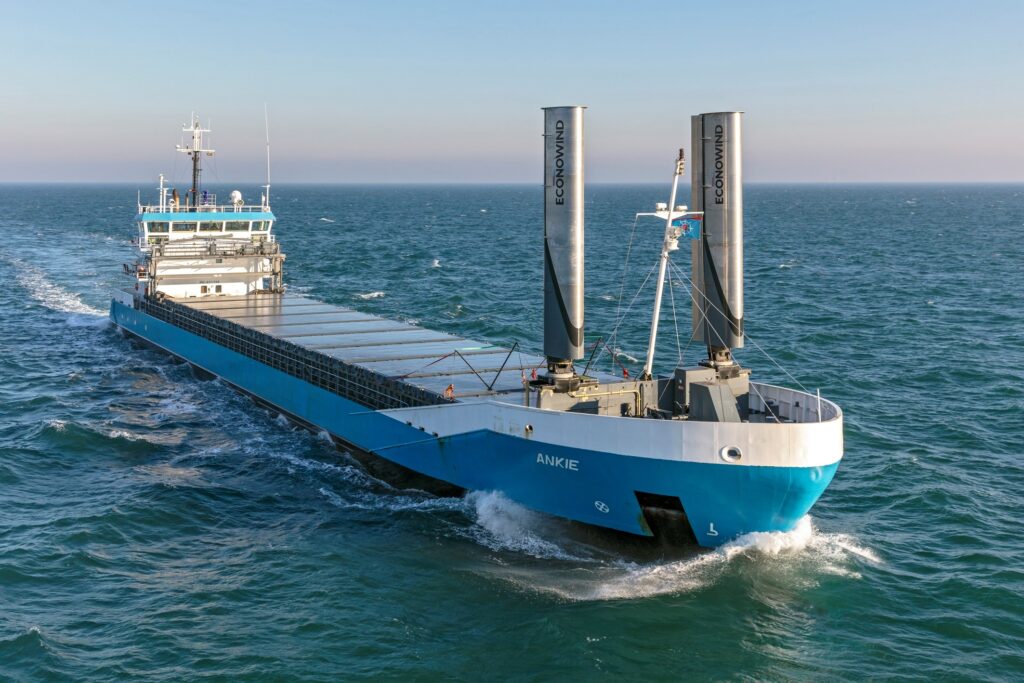Enexis, one of the largest energy grid operators in the Netherlands, is aiming to use AI and data e.g. to estimate energy demand and losses on its grid more accurately and investigate the potential of predictive maintenance and decision-supporting dashboards. A data team will use the necessary data science and engineering skills to overcome various challenges through data-driven solutions.
Challenges
Enexis Netbeheer distributes gas and electricity to about 2.8 million homes, businesses and official institutions in the Netherlands. As the switch to sustainable energy sources takes root more and more, the energy landscape is changing drastically, with many new challenges for grid operators as a result. One example is the need to connect the numerous new energy sources that are being built in the Netherlands to a robust grid for solar and wind farms in remote areas. Additionally, they have to stay ahead of the increasing demand for electricity in the entire country, especially now that several municipalities are switching from gas to electricity and more charging stations for electric vehicles are being created in cities.
Moreover, demand for electricity from the grid must be predicted accurately, and that is becoming increasingly challenging with more electric vehicles and as more solar panels generate electricity locally in homes and sometimes even deliver energy back to the grid. To get a better understanding and make carefully considered, data-based decisions about this increasingly complex landscape, Enexis has partnered with Xomnia and others to use the power of data science and AI for addressing the transition to sustainable energy.
Predictions about consumption and losses, based on data
Enexis collects data about the electricity grid and its status, such as the voltage and the quality of the signal. This is done using IoT devices (the Internet of Things) that provide millions of data points about the electricity grid every day. Enexis decided to build up an internal data science capacity to analyse this data and use it for creating data-driven solutions to overcome business challenges. To achieve that, customised training programmes were developed to assist the company in creating an internally built, effective data science division. The data team was also strengthened with a machine learning engineer and a data engineer from the Xomnia team. In the approaches to use cases, the engineers carried out various projects and shared best practices.
Using artificial intelligence
Lead machine learning engineer Stijn de Gooijer worked on a grid loss prediction model that uses machine learning to predict how much energy will go through the grid, and based on that predicts how much of the energy will be lost. Prediction models can be used for determining more accurately how much energy needs to be bought in to meet the demand of the households and facilities connected to the grid. Given that predicting energy losses is becoming increasingly difficult as more renewable energy sources are connected to the grid, this model is very useful. Working on solutions for predictive maintenance, scenario tooling and a load prediction model to predict congestion in the grid is part of the future roadmap for the Enexis data department.
Impact
The data science team is already an official department within Enexis. It already uses Enexis’ standards and processes and has proved its worth by producing models and tools for several use cases that are now being used successfully in other departments within the company. The team aims to become self-sufficient quickly so that it will not need to outsource tasks anymore in the near future.
Jaap Kohlmann, manager of the Enexis data science team, says that the team keeps getting closer to their goal of developing several key algorithms to help Enexis tackle the challenges that the energy transition brings. “This is a good step for Enexis towards becoming a data-driven organisation” he says, “and many more steps will follow in the coming years.” This collaboration should ensure that sustainable energy projects can be built and connected to the grid and that this process goes smoothly.
More information
If you are interested in more information about this use case, please contact Xomnia. You can also read of the Energy and Sustainability working group’s position paper if you want to know more about the potential of AI in the energy transition.






